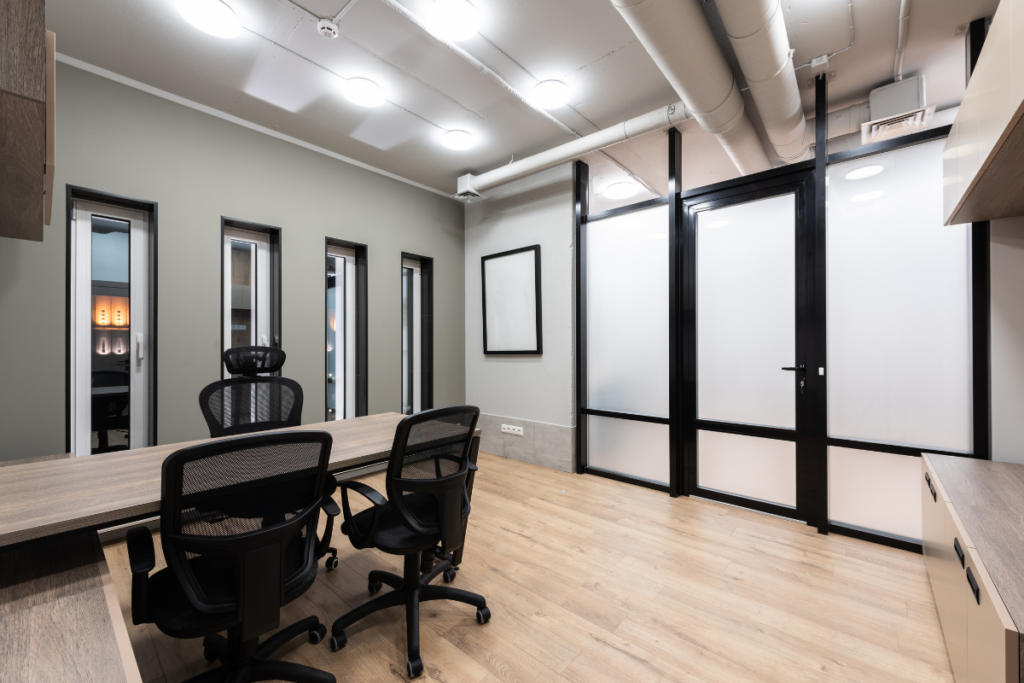 Introduction to Real Estate Finishes Cost Estimating:
Introduction to Real Estate Finishes Cost Estimating:
Real estate finishes cost estimating is one of the most crucial aspects of construction planning. Whether it’s a commercial or residential project, determining the costs associated with finishes can significantly impact the overall budget and the quality of the final product. Finishes, which include everything from flooring to paint and lighting, make up the aesthetic and functional elements that give a space its character. Without an accurate estimate, your project can quickly spiral into financial chaos, resulting in delays, compromised quality, or worse—overspending.
In this article, we will explore the key components of real estate finishes cost estimating, factors affecting cost estimation, common pitfalls, and strategies to keep your project on budget while achieving your desired results.
Understanding Real Estate Finishes Cost Estimating
Real estate finishes include the various elements that define the final appearance and function of a building. These elements include:
- Flooring (hardwood, tiles, carpets)
- Wall finishes (paint, wallpaper, panels)
- Ceilings (suspended ceilings, plaster, paint)
- Doors and windows (frames, handles, glass types)
- Lighting fixtures (chandeliers, recessed lighting)
- Cabinetry and countertops (kitchens, bathrooms)
- Plumbing fixtures (sinks, faucets, showers)
The process of estimating the cost of these finishes involves determining the material and labor costs required to install each of these components. Proper real estate finishes cost estimating not only helps keep your project within budget but also ensures that you allocate resources effectively to achieve the desired level of quality.
Factors Affecting Real Estate Finishes Cost Estimating
The cost of finishes can vary widely depending on several factors:
- Material Selection: High-end materials like marble countertops, custom cabinetry, and imported tiles can drastically increase your budget. Alternatively, more affordable options such as laminate flooring or standard tiles may keep costs lower. The key is to balance quality and aesthetics with affordability.
- Labor Costs: Labor is one of the most significant factors in real estate finishes cost estimating. Skilled labor, particularly for high-end finishes, can be expensive. On the other hand, opting for less specialized labor might save costs but could compromise the quality of the finished product.
- Project Size and Complexity: The size of the space and the complexity of the design can also impact costs. Larger spaces naturally require more materials and labor, while intricate designs demand more detailed craftsmanship, increasing both time and labor expenses.
- Geographic Location: Construction costs can vary by region. For example, real estate finishes cost estimating in major urban areas like New York City or Los Angeles may be significantly higher than in smaller towns or rural areas due to higher material and labor costs.
- Market Fluctuations: Prices for building materials fluctuate based on market conditions, availability, and demand. A rise in the cost of raw materials, such as wood or steel, can have a direct impact on your overall estimate.
Key Steps in Real Estate Finishes Cost Estimating
- Defining the Scope: Before estimating, clearly define the scope of the project. This includes the type of finishes you want, the level of quality you are aiming for, and whether there are any custom elements that will require specialized attention.
- Break Down Each Component: Divide your finishes into categories (e.g., flooring, lighting, walls) and calculate the cost for each. This granular approach helps you identify where costs might escalate and allows you to make adjustments early in the planning process.
- Research Material and Labor Prices: Get quotes from suppliers for the materials and hire reputable contractors for the labor. Accurate real estate finishes cost estimating requires up-to-date market prices for both materials and labor.
- Factor in Contingencies: Always include a contingency budget, typically 10-15%, to cover unexpected expenses. Finishes are often where surprises occur, whether it’s discovering a structural issue during installation or realizing you need higher-quality materials to achieve the desired outcome.
- Use Cost Estimating Software: For larger projects, cost estimating software can automate the process, providing detailed breakdowns and ensuring nothing is overlooked. These programs can also help track expenses throughout the project to ensure you remain on budget.
Common Pitfalls in Real Estate Finishes Cost Estimating
Despite meticulous planning, real estate finishes cost estimating can still go wrong. Below are common pitfalls to avoid:
- Underestimating Labor Costs: One of the most frequent mistakes is underestimating labor expenses. Skilled workers are often needed for high-quality finishes, and their rates can be higher than initially expected.
- Overlooking Small Details: Small details, such as doorknobs, electrical outlet covers, or baseboards, may seem insignificant, but their costs can add up. Ignoring these can lead to budget overruns later in the project.
- Not Accounting for Waste: When ordering materials, always factor in some waste. For example, when estimating the amount of tile needed, you should add an extra 10% to account for cuts, mistakes, or future repairs.
- Failing to Get Multiple Quotes: To avoid overpaying for materials or labor, always get multiple quotes. Comparing prices can save a significant amount of money without sacrificing quality.
How to Maximize Value in Real Estate Finishes Cost Estimating
- Prioritize High-Impact Areas: Not all finishes will have the same impact on the overall appearance of your project. Focus your budget on high-traffic or visually prominent areas like the entryway or kitchen, and opt for more economical finishes in secondary spaces.
- Mix High and Low-End Finishes: Combining luxury and budget-friendly materials is a great strategy for staying on budget while still achieving a polished look. For instance, splurge on high-quality countertops but opt for cost-effective yet stylish cabinetry.
- Plan for the Long Term: While cheaper finishes might save you money upfront, they could lead to higher maintenance costs over time. Choose materials that are durable and easy to maintain, as this will save you money in the long run.
- Regularly Review the Budget: Throughout the project, consistently review your budget to ensure the estimates remain accurate. Real estate finishes cost estimating is an ongoing process, and tracking your expenditures helps prevent nasty surprises at the end.
Real estate finishes cost estimating is an essential aspect of any construction project, playing a pivotal role in shaping the final result. From materials to labor, the process requires careful planning, research, and budgeting to ensure you get the most out of your investment. Avoid common pitfalls by preparing a detailed estimate, considering contingencies, and using technology to stay on track. By taking a strategic approach, you can achieve a high-quality finish without breaking the bank.
Are you looking for the best estimating services in USA?
Look no further than “https://zionestimating.com”
They are offering top-notch services like;
- Construction/cost estimation
- Budget planning
- Material takeoff
- Equipment estimation
and further more!!!
Here are some more information for your convenience:
Phone no. : +1 718-427-9941 || +1 562-383-6177
Email:[email protected]
Visit their blogs and site
https://zionestimating.com for the latest updates and service tips!
